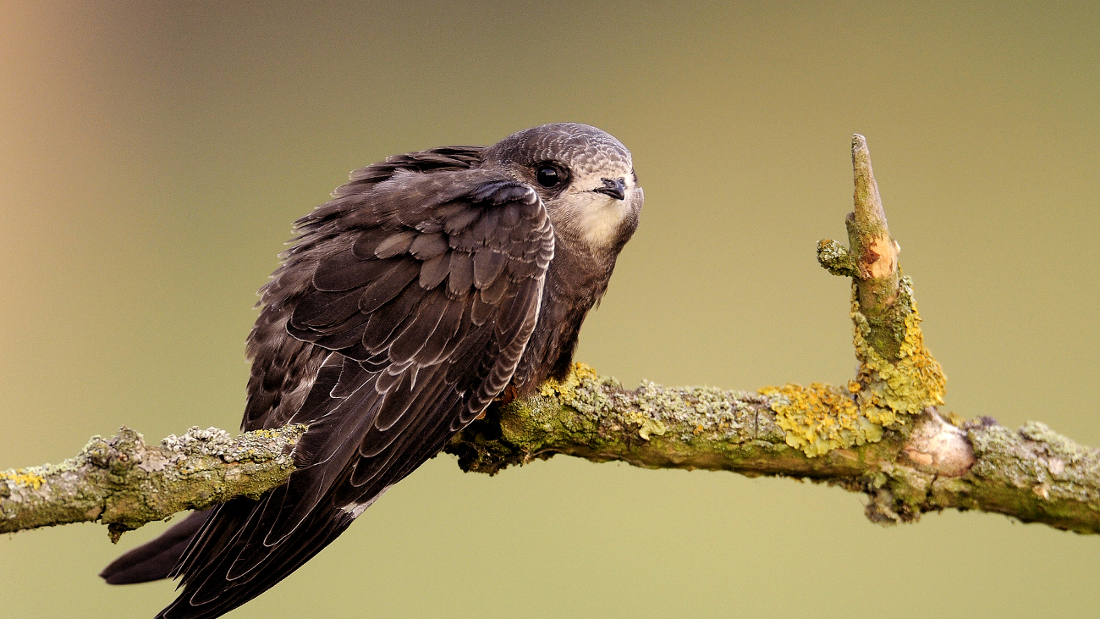- Home
- Conservancy
- Swifts
Description
Swifts are the most aerial of birds. Larger species are amongst the fastest fliers in the animal kingdom, with the white-throated needletail having been reported flying at up to 169 km/h (105 mph). Even the common swift can cruise at a maximum speed of 31 metres per second (112 km/h; 70 mph). In a single year the common swift can cover at least 200,000 km. Compared with typical birds, swiftlet wings have proportionately large wingtip bones.
By changing the angle between the wingtip bones and the forelimb bones, they are able to alter the shape and area of their wings, maximizing their efficiency and maneuverability at various speeds. Like their relatives the hummingbirds, and unlike other birds, they are able to rotate their wings from the base, a trait that allows the wing to remain rigid and fully extended deriving power on both upstroke and downstroke.
The downstrokes produces both lift and thrust, while the upstrokes produces a negative thrust (drag) that is 60% of the thrust generated during the downstrokes, but simultaneously it contributes with a lift that is also 60% of what is produced during the downstroke. This flight arrangement could also have benefits for the bird's control and maneuverability in the air. The swiftlets or cave swiftlets have developed a form of echolocation for navigating through dark cave systems where they roost. One species, Aerodramus papuensis, has recently been found to use this navigation at night outside its cave roost too.
Fun Facts
The nest of many species is glued to a vertical surface with saliva, and the genus Aerodramus use only that substance, which is the basis for bird's nest soup. The eggs hatch after 19 to 23 days, and the young leave the nest after a further six to eight weeks. Both parents assist in raising the young. Swifts as a family have smaller egg clutches and much longer and more variable incubation and fledging times than passerines with similarly sized eggs, resembling tubenoses in these developmental factors.
Young birds reach a maximum weight heavier than their parents; they can cope with not being fed for long periods of time, and delay their feather growth when undernourished. Swifts and seabirds have generally secure nest sites, but their food sources are unreliable, whereas passerines are vulnerable in the nest but food is usually plentiful. All swifts eat insects, ranging from aerial spiders, dragonflies, flies, ants, to aphids, wasps and bees. Some species, like the chimney swift, hunt with other bird species as well.
